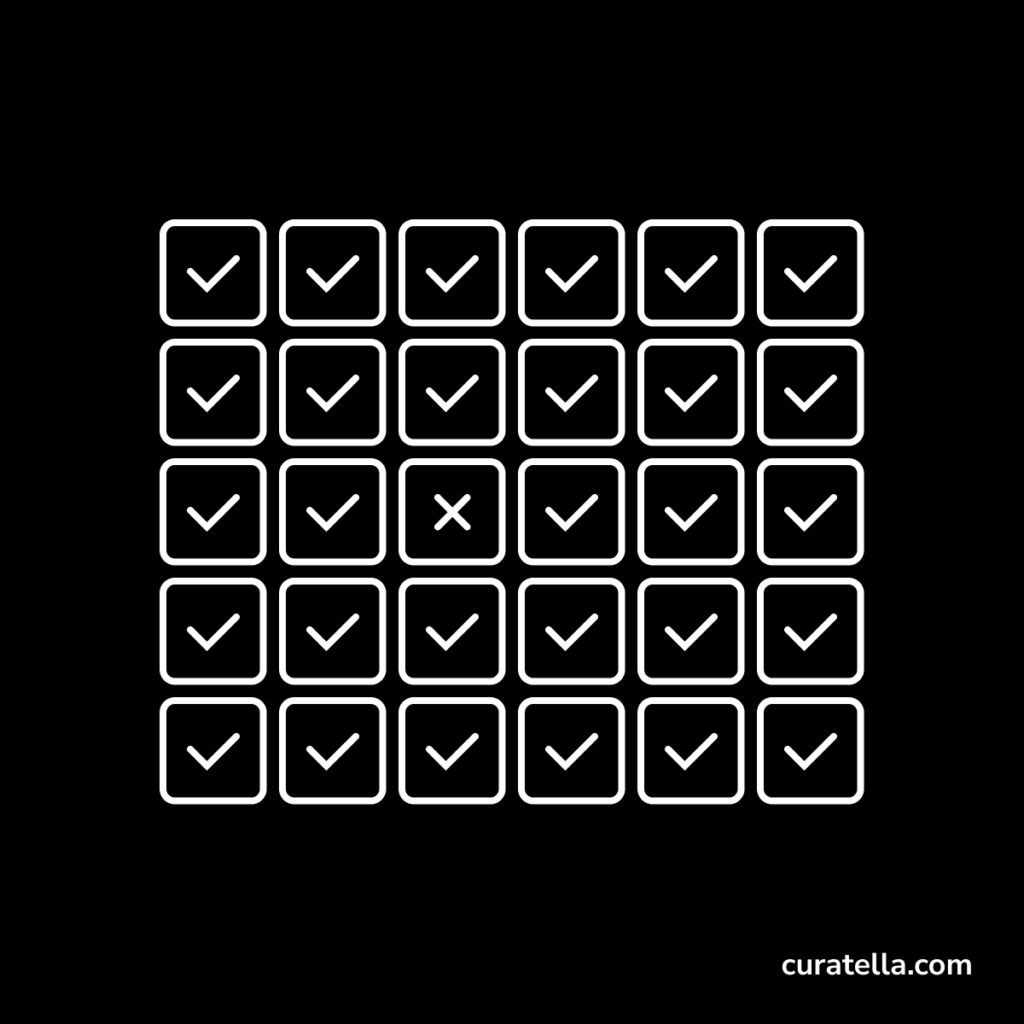Don’t’ wait for users to find holes in your solutions. Prepare testing cases covering notable usage scenarios and stress hard your designs to see if they hold in the most challenging conditions.
As a designer and a maker, you find solutions to problems. Your designs need to be effective, efficient, and pleasurable. You put something in the world which solves a problem already existing, or a new one emerged. You work hard to research how people live and experience these problems or perceive unique needs and wants until you express your creativity in creating novel and meaningful solutions. After verifying the product’s feasibility or service satisfying the requirements you identified, you’ll need to test how they provide a valid answer to the initial quest you’ve started.
Does it work? Good.
Do you want to waste all of those resources involved in long iterations with user research, brainstorming, ideating, prototyping and testing, by realizing a solution that won’t hold in extreme contexts, not contemplated in your initial design brief?
That is the moment to stress your solution:
- Will it work in extreme cases?
- What if the user’s behavior is not within the boundaries initially considered?
- What if the material or the infrastructure needed to sustain a pressure close to their limits?
- What is the maximum stress that the solution can hold before breaking?
- What if the solution is used in a different context than the one planned?
- Is the technology required ready, mature, and sufficiently flexible to cover all extreme usage cases?
The design process requires competence, focus, and hard work. Do not risk to create fragile solutions by skipping systematic testing of your designs. Plan and execute to stress your solutions intentionally in extreme cases. You will develop robust tools with a higher chance of surviving in the real world.


Leave a Reply